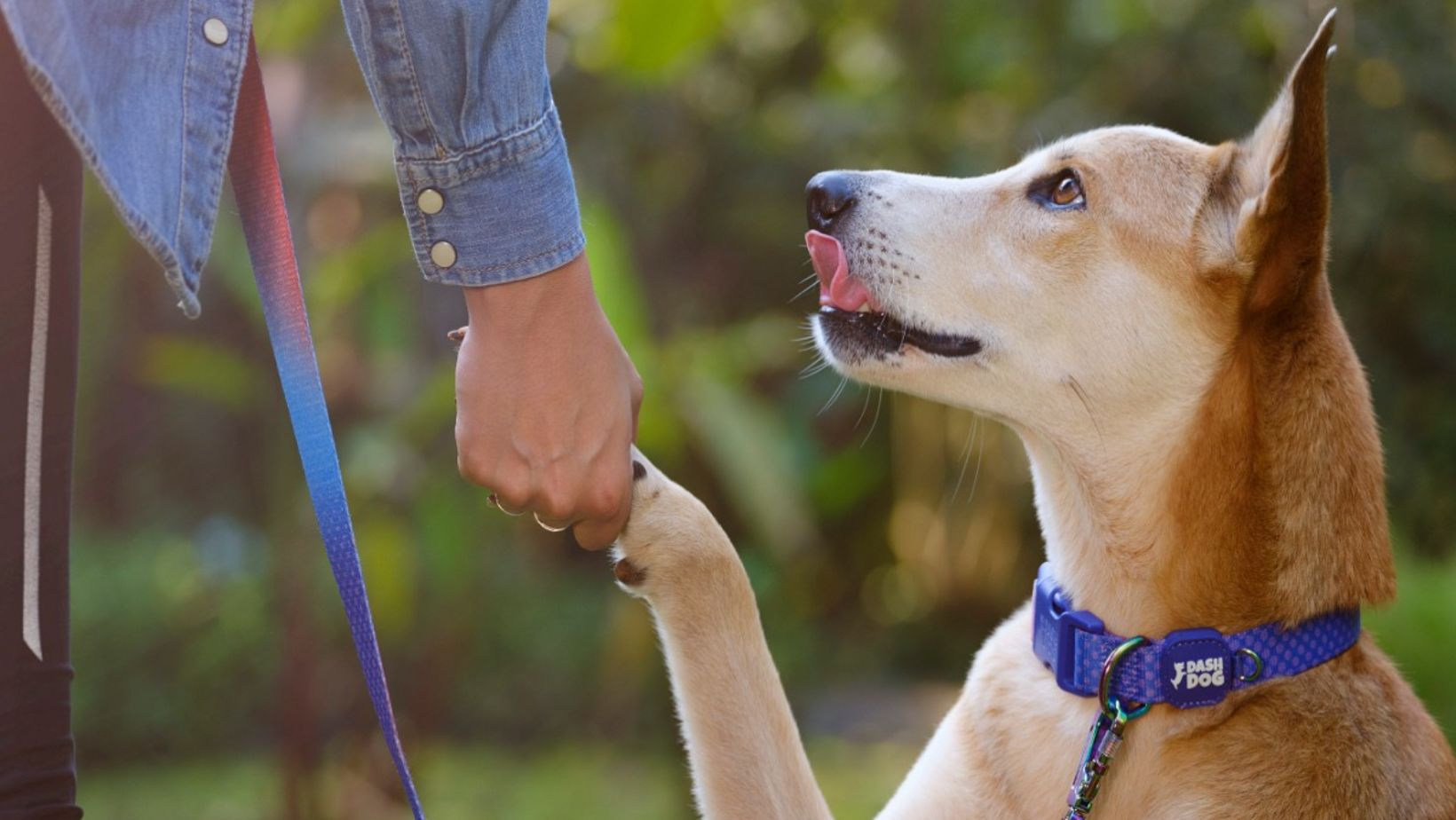For dog owners facing behavior issues, the daily struggle can be overwhelming. Whether it’s incessant barking, destructive chewing, or aggressive behavior, these challenges can strain the bond between humans and their furry companions. In such cases, residential dog training programs offer a ray of hope, providing a structured and immersive environment for dogs to learn and grow. In this article, we’ll explore the transformative power of residential dog training and how it can turn chaos into calm for both dogs and their owners.
Understanding Residential Dog Training
Residential dog training, often referred to as board-and-train or boot camp, involves sending your dog to a professional trainer’s facility for an extended period. During this time, the dog undergoes intensive training, addressing specific behavioral issues or learning basic obedience commands.
The Benefits of Residential Dog Training
- Expert Guidance: Residential dog training programs are conducted by certified and experienced trainers who understand canine behavior inside out. They employ proven training techniques tailored to your dog’s needs.
- Intensive Training: In a residential program, your dog receives daily, focused training sessions. This immersion accelerates the learning process, as opposed to sporadic training at home.
- Consistency: Professional trainers ensure consistency in commands and rewards, eliminating confusion for the dog. This consistency is often challenging for owners to maintain on their own.
- Behavior Modification: Residential training effectively addresses a wide range of behavioral issues, from aggression and anxiety to excessive barking and leash pulling.
- Socialization: Dogs in residential training often interact with other dogs, improving their social skills and reducing fear or aggression towards other animals.
- Time-Efficient: For busy owners who lack the time to commit to daily training, residential programs offer a viable solution. The dog receives intensive training, freeing up the owner’s schedule.

Read more.. Discovering the Best Accessories for Your Beloved Cats Online
The Transformation Process
- Assessment: The training journey begins with a thorough assessment of the dog’s behavior, temperament, and specific issues. Trainers develop a personalized training plan based on this assessment.
- Training Phases: Residential training typically consists of multiple phases, each building upon the previous one. Basic obedience commands, leash training, and behavior modification techniques are introduced progressively.
- Positive Reinforcement: Most residential programs employ positive reinforcement methods, rewarding desired behaviors with treats, praise, or toys. This creates a positive association between obeying commands and receiving rewards.
- Real-Life Applications: Training extends beyond the facility. Dogs are exposed to real-world situations, such as parks or busy streets, to reinforce their training in different environments.
- Owner Involvement: The owner’s involvement is crucial. Many programs include owner training sessions to ensure they can continue the training at home successfully.
The Aftermath: A Calmer, Happier Home
Once the residential training program is complete, dogs return home with improved behavior and obedience. This transformation not only benefits the dog but also creates a more harmonious living environment for the entire family. The results often include:
- Reduced Stress: Owners experience less stress and frustration dealing with behavior problems.
- Enhanced Bond: The improved behavior of the dog strengthens the bond between pet and owner.
- Safety: Dangerous behaviors, such as aggression or running away, are minimized, ensuring the safety of both the dog and those around them.
- Social Integration: Dogs are better equipped to interact positively with other pets and people.
Choosing the Right Residential Training Program
When considering residential dog training, it’s crucial to:
- Research: Thoroughly research training facilities, read reviews, and ask for referrals from other dog owners.
- Follow-Up Training: Inquire about post-training support and owner training sessions.

Read more.. Top 10 Animal Health Tips Every Pet Owner Should Know
Conclusion
Residential dog training can be a game-changer for dogs and their owners, offering a path from chaos to calm. These programs provide professional guidance, intensive training, and a structured environment that fosters behavioral improvement. For owners struggling with their dog’s behavior, residential training represents an opportunity for a brighter, more harmonious future with their beloved four-legged family member.
Read more.. Navigating the Maze: Unveiling the 5 Worst Health Insurance Companies in India




